Book Review: The Pseudoscience of Invasive Species “Biology”
“Competitive” or cooperative? Bighorn and aoudad sharing range and water at Circle Ranch. No science supports the claim that aoudad harm wild animals and plants.
“When native species drop mulch, fix nitrogen, attract new pollinators, or create shade, it’s called beneficial. When an exotic does exactly the same, it’s labeled ecosystem disruption”.

NOTE: Post Originally Appeared at PatternLiteracy.com Copyright 2005 by Toby Hemenway
Review of Invasion Biology: Critique of a Pseudoscience, a book by David Theodoropoulos (Avvar Books, Blythe CA. 2003. 237+xiv pp. Paper. $14.50)
One of my favorite ways of setting off small explosions is to tell a group of gardeners that I don’t dislike invasive plants. Since the polarization over the natives-versus-exotics issue is fierce, the discussion quickly heats up. But lately I’ve noticed some thinning of the ranks of the natives-only army, and the debate has grown much more nuanced and sophisticated. Many people still cling to the simplistic battle cry of “natives good, exotics bad” that was once almost the only view to be heard—or to get funding. But the murmurs of a few questioning voices have now grown to a full-scale argument, with a growing body of data on the “don’t blame exotics” side.
David Theodoropoulos, a conservationist and founder of an excellent resource for seeds of multi-functional plants, J.L. Hudson Seedsman, has waded into the battle with an arsenal of scholarship. His book, Invasion Biology: Critique of a Pseudoscience, ranges beyond an examination of invasive-plant science (more properly, the lack it) and also explores the psychological, political, and cultural reasons behind our eagerness to hate certain species.
Theodoropoulos opens by reviewing the underpinnings of the anti-exotics movement, or invasion biology—the idea that certain organisms belong in certain places, and others don’t. Quickly we see that unlike most scientific reports, papers in even academic journals such as Conservation Biology and Restoration and Management Notes bristle with xenophobic rhetoric: “all [species] should be treated as threats . . . unless proven otherwise.” Species are labeled “nefarious,” “stealing,” “stormtrooper plants,” and “intruders” that should be “weeded out” to “prevent their escape.” Hardly the language of objective science.
Good science also requires that definitions and operating terms be rigorous and uniformly applied. Yet invasion biologists have not defined their terms and use them in varying, idiosyncratic senses. The usage of the words native, exotic, diversity, natural community, and other terms slip and slide in Humpty Dumpty fashion: The words mean whatever they want them to mean. What is a native? In the most recent one percent of the Earth’s history, figs and breadfruit have grown in Wyoming, and neotropicals in Alaska. Elms and chestnuts thrived in California in the early Pleistocene—just yesterday. But no one calls them native to those places. And many species labeled as native turn out to have arrived a few years before, or a century ago, or 500 years. Native seems to mean simply, “It was here when I got here.”
What defines a native’s range? Monterey cypress, osage orange, and black locust are being exterminated as exotics only 100 miles from their accepted native habitat. Yet species can naturally extend their range that far in a few years.
And what is diversity? A patch of exotics and one of native plants can both offer equally high diversity, in all of the term’s accepted meanings, whether number of species, species turnover, or relative abundance of each species.
Theodoropoulos reviews the claims of the invasion biologists: that we are in an invasive-species crisis; that humans are moving species faster and farther than nature ever could; that many species have become extinct solely due to exotics; that invasion corrodes ecosystem processes, lowers diversity, and is destroying our wildlands. Admirably, he goes to the original sources cited by the doomsayers, and shows that the data do not support a single one of these claims. Purple loosestrife, the poster child of invasion biologists, harbors slightly more native insects and birds than nearby native plants. It also is an excellent nutrient accumulator, thriving primarily in—and cleaning up polluted waters (which hints at the real reason for its abundance). There is no evidence that tamarisk (called salt cedar in far-West Texas), scourge of the southwest, has displaced any native species or changes riparian hydrology, and it too supports as many species as natives (including a rare flycatcher), and more species than indigenous cottonwoods. Theodoropoulos hauls out bags of similar evidence on all the big-name invasives and many lesser ones to firmly scotch the prejudice that non-natives alone can harm ecosystems.
Obliterating the claim that humans have sped up dissemination of species, Theodoropoulos cites, among many, Darwin’s studies of individual birds and insects carrying dozens of seed species a few to thousands of miles. Multiply that by billions of animal carriers, and it equals or dwarfs human plant exchanges. Fifty years after isolated Krakatau blew up, 1100 species had crossed open ocean to repopulate the island. Other evidence of the astounding rate of natural transport is offered in abundance. He notes also that the mixing of the Red Sea and Mediterranean biotas caused by the Suez Canal, as rapid and large-scale an exchange as we are likely to encounter, seems not to have resulted in any extinctions.
The book also reveals the connection between invasion biology and the pesticide industry. A founding board member of the California Exotic Pest Plant Council is a Monsanto executive who was instrumental in developing Roundup. The industry generously funds these councils and similar organizations.
Invasion biology also suffers from number bloat. An oft-cited paper by noted biologist David Pimentel states that exotics cause $137 billion in damage every year, but examination quickly reveals some wild assumptions and flagrant bias. Loss from cats is pegged at $17 billion (12% of the total!) but the basis is speculation on the number of birds killed and a $30 value for hand-rearing each bird, when little money is actually spent replacing dead birds. And why aren’t rats, mice, and crop-eating birds that are killed by cats subtracted from this absurd number? Theodoropoulos rightly suggests that by this logic, we should puff the total cost into the trillions by adding the estimated price of restoring all Midwest farmland to pristine prairie. After all, corn and soybeans may be the continent’s most widespread and damaging invasives.
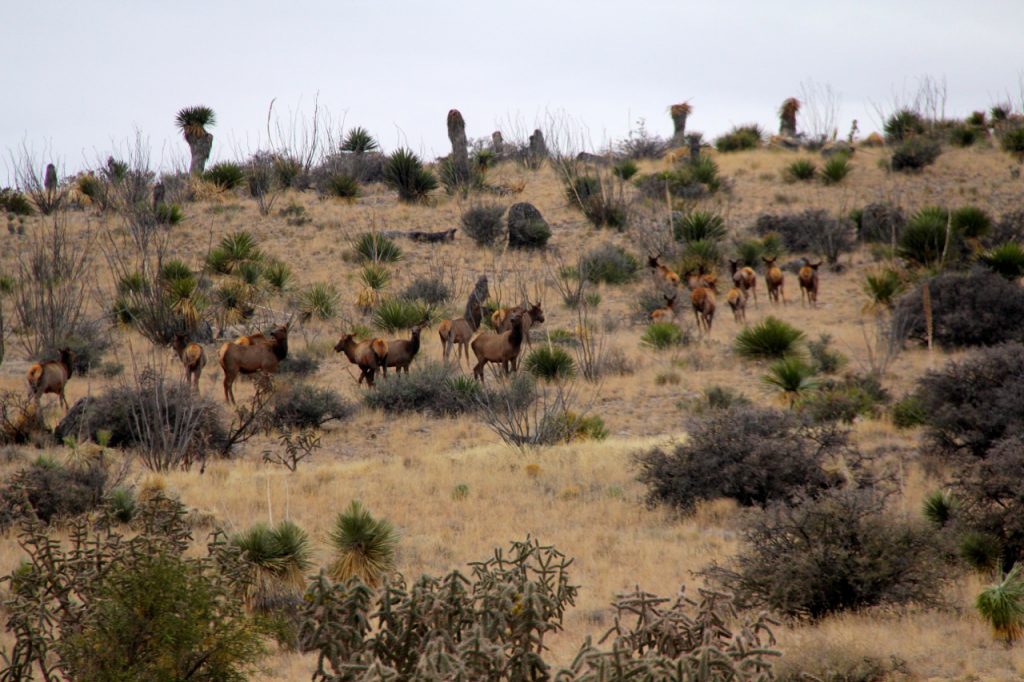
Elk, a Texas native, is eradicated by TPWD on all public land it manages as an invasive species which harms deer, pronghorn, bighorn, and habitat. No science supports such assumptions. Our experience at Circle Ranch contradicts this thinking.
The author barely suppresses laughter as he shows the contradictions of this so-called science. When native species drop mulch, fix nitrogen, attract new pollinators, or create shade, it’s called beneficial. When an exotic does exactly the same, it’s labeled ecosystem disruption. The bias dies hard: Researchers found that native plants dominate undisturbed prairie (10,700 natives to 2 wild carrots) while exotics require disturbed soil, yet they still opened their paper with “Invasion by exotic plant species is a serious threat to the integrity of natural communities.” One proponent of natives recommends we “choose breeding stock carefully to avoid inbreeding and genetic contamination,” forgetting that you can’t avoid both simultaneously. And on and on.
So what’s happening here? If the data do not support it, why the rage and fear toward non-native species? Here Theodoropoulos turns, in the middle third of the book, to the psychology, politics, and pseudoscience driving the hate campaign against non-natives.
Humans have an innate and sometimes-justified fear of change in our environment. Change may introduce a potential danger, hence one reaction to change is fear unless we examine the fear or make its cause conscious. Also related is xenophobia, fear of the other. For animals at the mercy of their environment, these can be useful defense mechanisms. But for animals who have evolved into technological humans, they are destructive atavisms that isolate us from nature.
As one illustration, the author describes the native-plant campaigns of Hitler’s followers, though he is very careful not to call exotics-haters Nazis. He believes invasion biology is rooted in the same fears and prejudices that power Nazism and other racist, genocidal ideologies. A desire for genetic purity and preservation of the homeland, dissatisfaction with current status, an easily identified enemy, and a simplistic answer—extermination—are elements that these ideologies share. And he does call invasion biology an ideology, demonstrating that it cannot justifiably be called a science. In no scientific discipline can data be suppressed or used selectively to support a preconception as is done in invasion biology. Pseudoscience is known for refusing to acknowledge conflicting data, not testing assumptions, exaggeration of limited truths, and circular arguments. (“If it’s not native it’s bad, and the reason it’s bad is because it’s non-native.”) Invasion biology fits this pattern.

This wild burro descended from animals that evolved and lived in our deserts for millions of years. Without any scientific proof of harm to any “native” Texas animal, 200-wild burros were killed by employees at Big Bend Ranch State Park to “protect” bighorn sheep, which by their own definition of invasive species, are themselves invasive.
We greatly prefer to find simple, physical causes for problems and then eradicate them. We’re very good at spotting and killing enemies, and we feel virtuous while we do it. We’re far less successful and confident when causes are multiple, the solution requires changes in our thinking, and the “enemy” is our own behavior.
Most harm resulting from introduction of non-native species should be blamed not on the species themselves, but on human destruction of habitat and on practices that change landscapes so they no longer support their native vegetation. Non-native species are almost never capable of competing successfully with species in an intact native ecosystem. (The author points out one oft-heard contradiction here: that exotics often drive out the better-adapted natives. Say, what?) Clearing, soil disturbance, creation of sunlit edges, harvesting, and the other collateral damage of development all degrade native habitat to render non-natives more suited to the new conditions. Thus yanking the exotics will do no good—they’ll come back faster than the now-handicapped natives under the changed conditions.
Another harmful manifestation of exotic-species hatred is our hubris: the conviction that we know better than nature which organisms should be living somewhere. Eradication of non-natives has often had a Vietnam-village effect of destroying what we are trying to save, and can in fact damage ecosystem function more than the exotics. Evidence is mounting that the vigorously growing blends of native and non-native plants that “invade” damaged land are yet another example of nature’s wisdom and resourcefulness. Nature creatively mingles both native and exotic without prejudice, using all resources available to throw a green Band-Aid over ravaged landscapes. We demean her intelligence and set back the healing process when we hack away these recombinant communities. The book’s final section uses this view as the basis for a new relationship with human-dispersed species.
Theodoropoulos seems to have modeled his book on The Origin of Species, wherein Darwin assembled an overwhelming number of examples to support his view and in effect crushed his enemies by sheer weight. Invasion Biology is similarly exhaustive, which at times makes for repetition, although I think the author was right to show that he was not just selecting a few isolated favorable examples. His ranging into aspects of psychology and politics carries him into fields where he is not well-versed, but these are territories that are clearly relevant and needed inclusion. He has opened the door for specialists to follow and deepen his opening arguments that link the hate-speech of invasion biology to its cultural roots.
The book is self-published (and cheaply bound—my copy’s binding is failing) and deserves a much wider readership than its limited distribution is getting. If you find yourself incensed at what you’ve read here, or are asking, “But what about…” you should read this book, as this review can only hint at the wealth of evidence and arguments. And it’s just the thing for permaculturists confronted by natives-only partisans. It is available from the author (David Theodoropoulos, Star Route 2, Box 337, La Honda, CA 94020 USA, www.dtheo.com/BookOrder.htm) and some major booksellers. Or ask your local bookseller to order it, and get it on the shelves for others to see.
Copyright 2005 by Toby Hemenway
“Nature creatively mingles both native and exotic without prejudice, using all resources available to throw a green Band-Aid over ravaged landscapes”.
Why can’t universities, agencies and NGOs recognize that cattle and other non-natives are useful tools for desert grassland restoration? In part, because the invasive species ideology is taught as science in Texas’ land grant college wildlife programs, and is accepted and practiced as such across our state.
“Pseudoscience is known for refusing to acknowledge conflicting data, not testing assumptions, exaggeration of limited truths, and circular arguments. (“If it’s not native it’s bad, and the reason it’s bad is because it’s non-native.”) Invasion biology fits this pattern.”
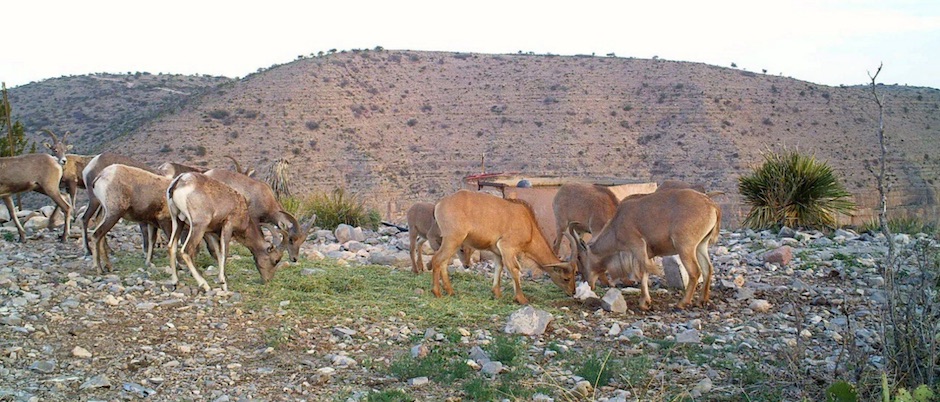
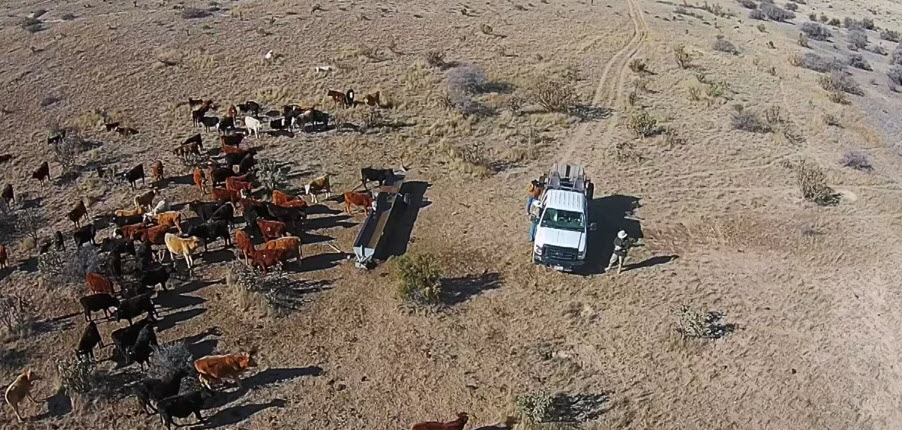
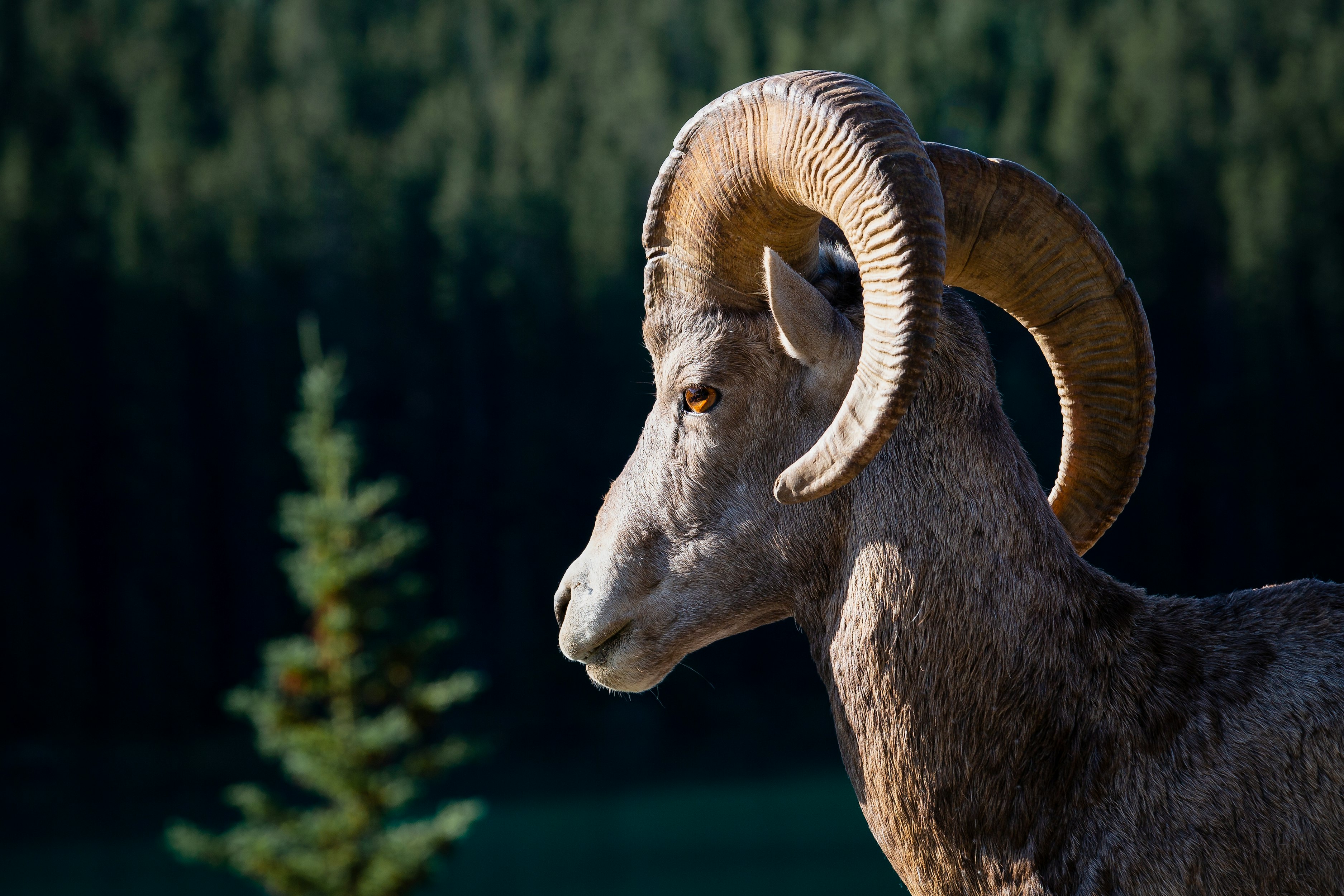
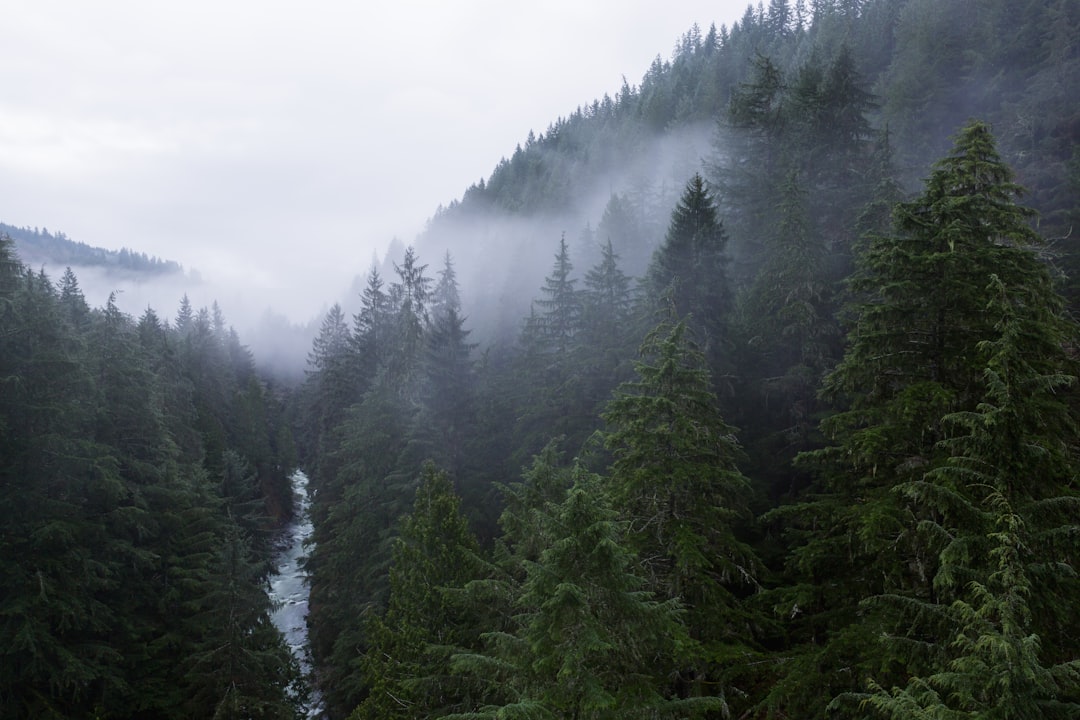

Plenty of fodder for rumination in this last article on Invasion Biology. I have read the Theodoropoulous book and find some agreement with his thoughts, altough some of the book is way out there in left field.
I would challenge you on some things – especially when exotic plants form near monocultures to the detriment of plant diversity. In a few cases, nature installs a monoculture of native plants (big sacaton in draws; gulf cordgrass in coastal swales and flats), but this is the exception. Plant diversity is the norm for healthy and functional ecosystems; when non native species monopolize a site, plant diversity declines and thus the functional health of the system is compromised.
Another area of disagreement is your statement – “No science supports the claim that aoudad harm wild animals and plants”. Any species of ungulate can and will harm plants and the associated native ungulates with similar feeding habits when their numbers become excessive. If numbers are kept modest, no problem, but when numbers get too high as they sometimes do with Aoudad, it does cause problems. The feeding habits of Aoudad are similar to mule deer and bighorn sheep. Dietary overlap is not the same as competition but when numbers exceed carrying capacity, there will be stress on the habitat and stress or worse to the native ungulates who have lower reproductive capacity than aoudad.
In cases where it is well known that exotics have the tendency to over-populate, a safe approach is to try to control the population before it happens. I presume this is what TPWD is doing on their property.
So it is not the mere presence of aoudad, axis, fallow, blackbuck, salt cedar, lehman lovegrass, buffelgrass or any other non native species but the threat of them becoming too numerous. Same can be said for native ungulates and native plants that become too numerous.
That’s my two cents worth. Thanks for making people think about these things and generating thoughtful debate.
Dear Steve,
Thanks for these thoughtful observations.
Summing up what follows, we both say agree biodiversity is the key to restoration. We cannot restore biodiversity by destroying biodiversity.
I’ve never claimed universal knowledge of plants and animals, but I can speak with confidence about Circle Ranch and our experience there with so-called invasive plants and animals, cattle, chemicals, and the outcomes of our alternatives to conventional practices.
Aoudad are indeed interesting “lightning rods.” They have been blamed for a variety of ecological ills and yet neither my literature searches for peer-reviewed scientific evidence or my experience on the ranch, which includes 16 years of observation and a decade of reviewing 5,000 game camera photos per month, have cataloged any evidence supporting the following widely held “facts” that aoudad:
*transfer diseases to other animals, even though the West Texas herds have now mingled for 60+ years;
*drive bighorn sheep and deer from water;
*fight bighorn rams for ewes or in any way disrupt bighorn breeding;
*drive any wild or domestic species off grass, hay, salt or range;
*damage our range by so-called “competition;”
*degrade habitat (I’ve reviewed browse surveys conducted by TPWD.)
Please share the science (peer-reviewed or not) on which you rely. I asked Borderlands Research Institute (BRI) and TPWD for their science, they have offered none, and BRI has since agreed there is none. Your general remarks about “potential competition” etc. are similar to theirs and others’. These terms and statements are undefined, loaded with modifiers and as a result, highly-subjective. I find them useless to distinguish effects of “natives” from “exotics”, fashion practices, blind test, or compare outcomes. Only science, combined with hands-on experience would support any eradications: Instead, to my eyes, in far-West Texas we rely on anecdote interpreted according to an ideology.
You “presume” that TPWD is acting responsibly but after 16 years with them as my most difficult neighbor I must disagree. They don’t base “invasive” plant and animal eradications on science. “Well known” means their shared opinions—and that is where we have gone so wrong, allowing people who wear agency shirts to believe and act as if their opinions are facts. Several of your articles say that these removal programs often harm their own objectives, which they do.
Let’s forget aoudad and exotics for a moment and consider what is happening next door at the Sierra Diablo WMA. For the Trans Pecos, it is a tiny land area and they are killing does at a rate that would wipe out all mule deer in the county if all landowners did the same. They are managing as if mule deer don’t roam across vast areas but stay on just a few square miles behind a high fence. If we followed suit at Circle Ranch we would have killed 250 does in the last 10 years, which would mean a deer disaster. The TPWD biologists would never allow us such actions, but the department gives itself a pass on the theory that 10 does per year shot on their public hunts “make no difference.” I believe we should all follow one set of rules and base all these decisions on science.
Now back to our original discussion. Based on personal experience I don’t see these so-called “problems” between aoudad and other species that others purport to be so pervasive. The same goes for burros, llamas, elk, cattle under planned grazing, goats, coyotes, lions, foxes, bobcat and whatever species I am forgetting to mention that are on TPWD’s hit list!
Nor, with respect to so-called “invasive” plants and range poisons, can I agree that glyphosate is “just another tool.” Please reference the section on range poisons. “Selective poison” is a self-contradiction. Without question, there are better, quicker, cheaper, non-harmful ways to restore plants in far-West Texas than what is pushed by Monsanto! Please see the posted videos on these.
Thanks again for your input. I will include any reply you choose to make.
Sincerely your friend,
Chris
Mr. Nelle,
Please define your use of the terms “harm” & “native.”